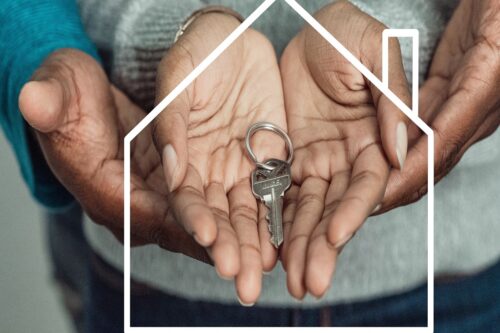Mortgage refinancing essentially replaces your current mortgage with a new one. Often, people refinance their mortgage loan to lower the payable interest rate, reduce monthly payments, or even tap into the equity they’ve built up.
If you’ve been considering refinancing but aren’t sure of how to go about the process, this guide will help you.
How Does Mortgage Refinancing Work?
When you purchase a home, you get a mortgage loan to pay for it. This money goes directly to the home seller. When you refinance your home, you are getting a new mortgage. But, instead of going to the home’s seller, it helps pay off the balance of the old home loan.
Mortgage refinancing does require you to qualify for the home loan, just like you had to meet the lender’s requirements for the original loan. You file an application, go through the underwriting process and then pay the closing costs, as you did when you first bought the home.
Why You Should Refinance Your Mortgage
To reduce your monthly payment: If your goal is to pay less towards your loan every month, you can refinance to a loan with a lower rate. Another way to reduce the monthly payment is by extending the loan term — say, from 15 years to around 30. The drawback to this is that you pay more interest over the course of the loan term.
Tap into equity: If you need access to credit, you can do a cash-out refinance to tap into the equity you’ve built up in your home. Keep in mind that you will need to pay this amount back, otherwise, you risk losing your home.
Pay off your loan faster: When you refinance from a 30-year loan into a 15-year mortgage, you pay off the loan in about half the time. As a result, this helps you pay less interest over the course of the loan term.
Switching from an ARM to an FRM: Interest rates on adjustable-rate mortgages can increase over time. Fixed-rate loans have the same interest rate. That’s why many homeowners with ARMs choose to refinance to an FRM.











